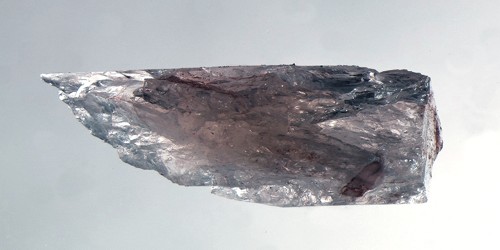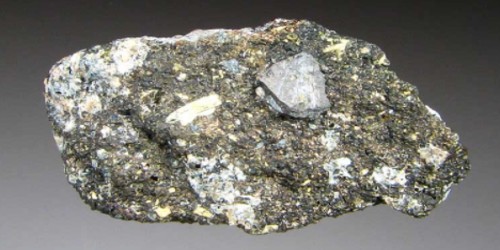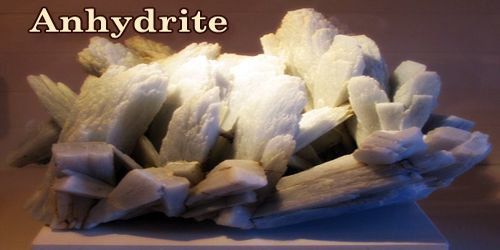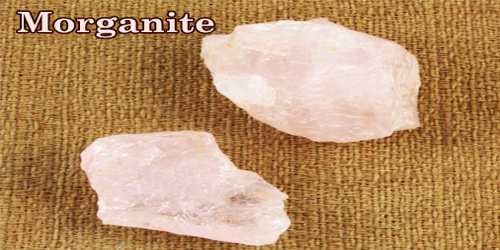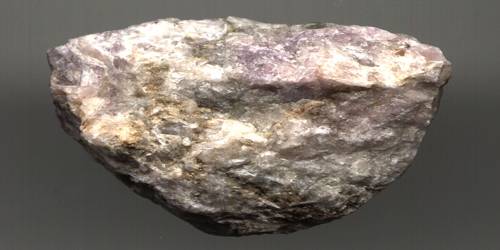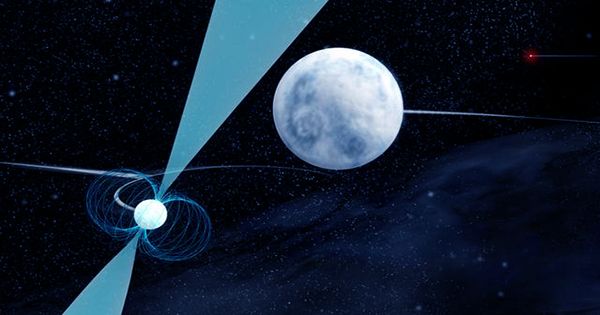Leucophanite is an inosilicate mineral with a complex composition, [(Na, Ca)2BeSi2(O.OH.F)7]. It may contain cerium substituting in the calcium position. It is a mineral consisting of a beryllium sodium calcium silicate with fluorine occurring in glassy greenish tabular crystals. It is a sorosilicate mineral that occurs in pegmatites and alkali igneous complexes as yellow, greenish or white triclinic crystals.
It was first described from the Langesundfiord district of southern Norway in 1840. The name is from the Greek Leucos for “white” and phanein for “to appear” in allusion to the common white color.
General Information
- Category: Inosilicates
- Formula: (Na,Ca)2BeSi2(O.OH.F)7
- Crystal system: Orthorhombic
- Crystal class: Disphenoidal (222) (same H-M symbol)
- Colour: Pale yellow, greenish white, yellowish green, colorless.

Fig: Leucophanite
Physical Properties
Leucophanite is a rare beryllium silicate that was first discovered from the mines of Langesundsfjord district of Norway, a classic mineral locality filled with rare minerals. It is fluorescing pink to a violet-blue in long-wave and short-wave ultraviolet light and is strongly phosphorescent. It is also pyroelectric and generated a charge in response to heat.
- Lustre: Vitreous, Greasy
- Transparency: Transparent, Translucent
- Streak: White
- Hardness: 4 on Mohs scale
- Cleavage: Perfect on {001}, distinct on {100},{010} and [201}.
- Fracture: Irregular/Uneven, Conchoidal
- Comment: Triboluminescent with orange-red light (http://www.mindat.org/mesg-6-204391/)
- Density: 2.96 g/cm3 (Measured)
Occurrence:
It occurs in pegmatites and alkali igneous complexes as yellow, greenish or white triclinic crystals and has been found in Norway, Quebec, and Russia.
In pegmatites in augite syenite (Langesundsfjord, Norway); in albitization zones in pegmatites at the contact of alkalic massifs intruding Proterozoic carbonaceous quartz-sericite schists (Baikal massif, Russia).
Association: Albite, orthoclase, natrolite, analcime, s¶erandite, aegirine, polylithionite, ancylite, astrophyllite, catapleiite, epididymite, rhodochrosite, °uorite.
Information Source:
